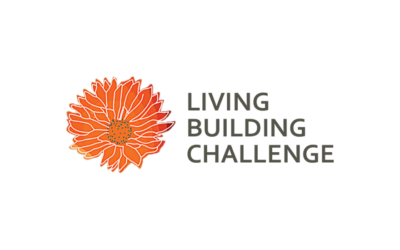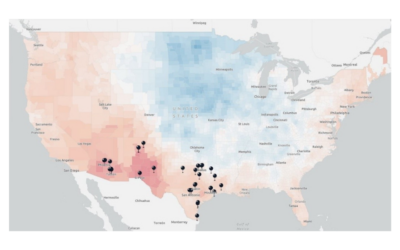you can now easily access unprecedented perspective on the demographics and
diversity of your visitors (or your competitors’ visitors) during any time period,
from an entire year to a single hour.
How do we do it?
Zoo Advisors has the capacity to track foot traffic to any physical location within the
United States and extrapolate demographic, origin, and reams of other data about those visitors.
This piece, and others like it, is based in this analysis.
By Zachary Winfield
AZA member organizations across the country host hundreds of thousands of visitors each day. After the sun sets, many of them re-open their gates to welcome what they hope are new and different crowds for special events like holiday lights shows, beer tastings, and Halloween spectaculars. But is the after hours cohort of visitors actually new and different?
As it turns out, yes, but they can be “new and different” in very different ways! In the analysis below, you’ll learn how two zoos running the same program had wildly different results in terms of which new audiences they attracted.
Like so many professionals in our industry, we’ve noted the growing popularity of the “Lantern Festival” event over the last several years. As this is a relatively new flavor of program, we were curious how the demographics of patrons of these events were either similar or different than their daytime counterparts. Were they attracting a new set of visitors? Were they cannibalizing daytime attendance? We did what we do best—we ran the numbers to determine the answers.
This analysis is based on two AZA zoos. To respect their anonymity, we’ll call them Zoo A and Zoo B. Both are located in metropolitan areas and both recently operated a lantern festival. We compared the demographics of daytime and after hours visitors for each zoo, and here’s what we found.
AT ZOO A, we found that the lantern festival program was attracting a significantly different set of visitors as compared to its daytime traffic. Lanterns festival guests were more diverse than daytime visitors:
-
8% fewer lantern festival guests identified as “white alone”
-
23% more identified as “Hispanic”
-
25% more identified as “Black/African American”
-
18% more identified as “Asian”
Overall, while the demographics of daytime attendees roughly matched the city at large, visitors to the after hours lantern event over-represented minority populations.
Furthermore, we observed that while there was of course significant overlap, Zoo A was also attracting visitors from an entirely new geographic area during the lantern festival that did not account for a significant portion of daytime visitation. This area is physically near the Zoo (less than 10 miles away) but was historically underrepresented during daytime hours. In aggregate, residents of this new area were lower earning, with less discretionary income, and owned lower-value homes.
Finally, we assessed that visits to Zoo A’s lantern festival event were incremental to their daytime visitation, meaning that rather than cannibalizing daytime guests, they were bringing in many more total visitors than they likely otherwise would have.
Conversely, our analysis of Zoo B told a different story. At this Zoo, visitors to the lantern festival were generally less diverse than their daytime counterparts:
-
8% more lantern festival guests identified as “white alone”
-
15% fewer identified as “Hispanic”
-
22% fewer identified as “Black/African American”
-
8% more identified as “Asian”
Demographics of both daytime and lantern event visitors were less diverse than the city at large, but that gap was more strongly pronounced during the lantern festival. Additionally, in contrast to Zoo A, incremental visitors to Zoo B’s lantern event traveled from geographically further distances and were overall more affluent than their daytime guests.
At Zoo B, visitation to the lantern festival was somewhat less incremental than at Zoo A. We assessed that while the lantern event did add to the total number of absolute visitors, up to about 21% of those visitors were potentially “cannibalized” from expected daytime attendance.
In sum, we assess that while each of these zoos’ lantern festivals attracted some “new” audiences, they were “new” in very different ways, and in this case each zoo can tout a distinct form of “success.” Zoo A’s lantern audience was more diverse and lower-earning than its daytime visitors (a win for accessibility), while Zoo B’s came from further away (a victory over its regional competitors) and were higher-earning, meaning they might bring additional economic value to the organization.





